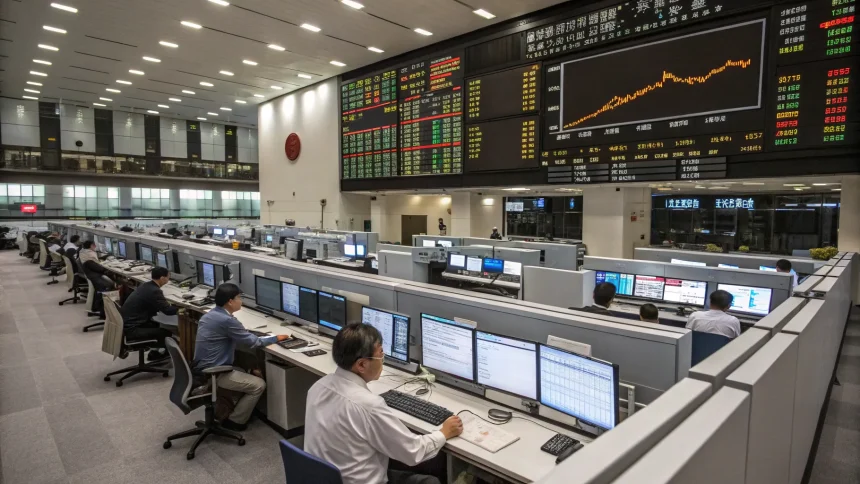Financial markets are experiencing notable activity as several major stocks post substantial movements during premarket trading hours. These early shifts often indicate investor sentiment and can set the tone for the regular trading session.
Premarket trading, which occurs before the standard market opening at 9:30 a.m. Eastern Time, allows institutional and retail investors to react to overnight news, earnings releases, and global market developments. The significant stock movements observed today reflect immediate investor responses to recent corporate or economic developments.
Market Reaction Drivers
Several factors typically drive large premarket movements. These include:
- Quarterly earnings announcements that exceed or fall short of analyst expectations
- Major corporate news such as mergers, acquisitions, or leadership changes
- Regulatory developments affecting specific companies or sectors
- Macroeconomic data releases that impact market outlook
Institutional investors often take positions during premarket hours based on these developments, creating momentum that can carry into regular trading hours. The volume of trading during this period, while typically lower than during standard market hours, can still signal important shifts in market sentiment.
Impact on Trading Day
Financial analysts note that substantial premarket movements don’t always translate to similar performance during regular trading hours. As more market participants enter during standard hours, initial reactions can be amplified, reversed, or stabilized.
“Premarket moves give us an early indication of how investors are processing new information, but the full market reaction often evolves throughout the day as more traders participate,” explains a market strategist at a major investment firm.
For active traders, these early indicators provide opportunities to position themselves ahead of potential market trends. However, premarket trading comes with risks, including lower liquidity and wider bid-ask spreads compared to regular market hours.
Sector-Specific Movements
Today’s premarket activity shows particularly strong movements in specific sectors, suggesting that industry-wide factors may be influencing investor sentiment. These sector-specific trends can sometimes provide insight into broader economic expectations.
Trading volume data indicates that both institutional and retail investors are active in this morning’s premarket session, with some stocks seeing significantly higher than average early trading activity.
Market technicians are closely watching key support and resistance levels for stocks making major moves, as breaking through these thresholds could trigger additional buying or selling pressure when regular trading begins.
Investors should monitor how these premarket movements develop throughout the trading day, as the initial direction may strengthen or reverse based on additional news, analyst commentary, or broader market trends. The volatility observed in premarket trading may signal an active trading session ahead for the affected securities.









